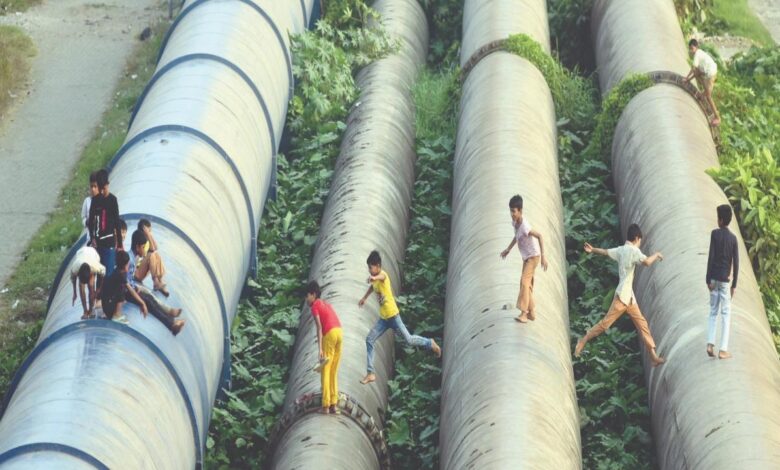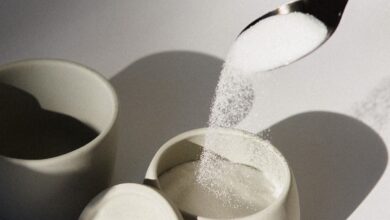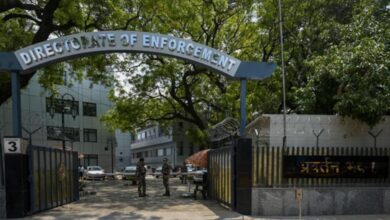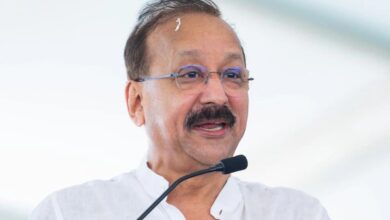Mumbai civic body digs deep for Rs 6,000-crore water tunnel

The Brihanmumbai Municipal Corporation (BMC) has decided to construct a Rs 3,038-crore tertiary-treated water tunnel between Dharavi sewage treatment plant and Ghatkopar. This 8.48-km-long tunnel, with a diameter of 2.7 metres, will transport treated sewage to the Bhandup water treatment plant. The tunnel will be dug 145 to 150 metres underground.
BMC plans to use this tunnel to transfer tertiary-treated water from Ghatkopar to the Bhandup Complex. A separate Rs 3,216-crore proposal has been approved for an 11.61-km tunnel with a 3.3-metre diameter for the same purpose.
The civic body has initiated the project to upgrade seven treatment plants at a cost of Rs 26,000 crore. Approximately 2,464 million litres of sewage will be treated daily. Of this, 1,232 million litres will be discharged after secondary treatment, while the remaining 1,232 million litres will undergo tertiary treatment. According to civic officials, sewage water that undergoes tertiary treatment can be used for potable purposes as well.
According to civic records, daily sewage treatment capacities are as follows: 500 million litres at Worli, 360 million litres at Bandra, 454 million litres at Malad, 180 million litres at Versova, 418 million litres at Dharavi, 337 million litres at Ghatkopar, and 215 million litres at the Bhandup sewage treatment plant. The city receives 3,850 million litres of water daily, while the demand is 4,500 million litres. Approximately 950 million litres of water are lost due to leakage.
Potable use in the future?
A civic official working on the project said that no final decision has been made about using treated water for potable purposes. After tertiary treatment, sewage water is as good as potable water, but the BMC has not yet decided if it will be used for drinking. It can also be used for non-potable purposes. “We have approved the project for the tunnel between the Ghatkopar sewage treatment plant and the Bhandup Complex to transfer treated water to the filtration plant. We can consider using treated water to meet future potable water demand for the city,” the official added.
Source link





